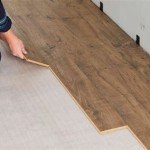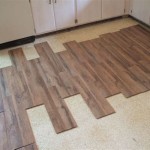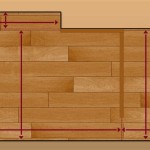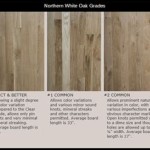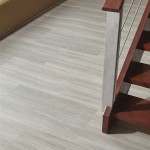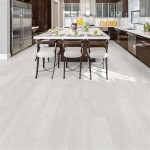Understanding Engineered Wood Flooring Underlay Thickness for Optimal Performance
Engineered wood flooring has emerged as a popular choice for its durability and aesthetic appeal. However, the underlay beneath the flooring plays a crucial role in its performance and longevity. The thickness of the underlay is a significant factor that impacts sound insulation, moisture protection, and overall stability.
Why Underlay Thickness Matters
The thickness of the underlay affects its ability to absorb impact, reduce noise, and protect against moisture. A thicker underlay provides better soundproofing by dampening the sound waves that pass through the flooring. It also offers increased impact absorption, reducing the impact force on the floor and minimizing potential damage.
In addition, thicker underlays help protect against moisture damage by creating an extra barrier between the flooring and the subfloor. This is particularly important in areas prone to moisture, such as bathrooms and kitchens. The underlay can absorb excess moisture and help prevent it from reaching the wood flooring.
Choosing the Right Thickness
The optimal underlay thickness depends on several factors, including the type of flooring, the subfloor condition, and the desired level of sound insulation and moisture protection. For most residential applications, an underlay thickness between 3mm and 6mm is suitable.
If you are installing engineered wood flooring over a concrete subfloor, opting for a thicker underlay (6mm or more) is recommended to provide adequate moisture protection and sound insulation. For installations over a wooden subfloor, a thinner underlay (3mm to 5mm) may be sufficient.
Additional Benefits of Thicker Underlays
In addition to improved sound insulation, moisture protection, and impact absorption, thicker underlays offer additional benefits, including:
- Enhanced underfoot comfort: Thicker underlays provide a softer and more comfortable walking surface.
- Reduced wear and tear: The extra cushioning of thicker underlays helps protect the flooring from wear and tear caused by everyday use.
- Thermal insulation: Thicker underlays can provide some degree of thermal insulation, helping to keep the floor warmer during colder months.
Conclusion
The thickness of the underlay is an essential factor to consider when installing engineered wood flooring. Choosing the right thickness can significantly impact the performance, longevity, and comfort of your flooring. By understanding the benefits and considerations associated with different underlay thicknesses, you can make an informed decision that ensures optimal results for your specific installation.

Does Wood Flooring Need Underlay Greyspace

Underlayment Buyer S Guide

The Advantages Of Poly Foam Underlay Blog Floorsave

What Is The Best Underlay For Laminate Flooring Or Engineered Wood Floor

Engineered Wood Flooring Thickness Flooring365

Silver Laminate And Wood Flooring Underlay 3mm

Underlayment Buyer S Guide

Engineered Wood Flooring Thickness Flooring365

Heat Therm Underlay For Underfloor Heating Ewa3

2mm 3mm Thickness Engineered Laminated Wood Flooring Underlay Rubber Eva China Floor Laminate Made In Com
Related Posts

